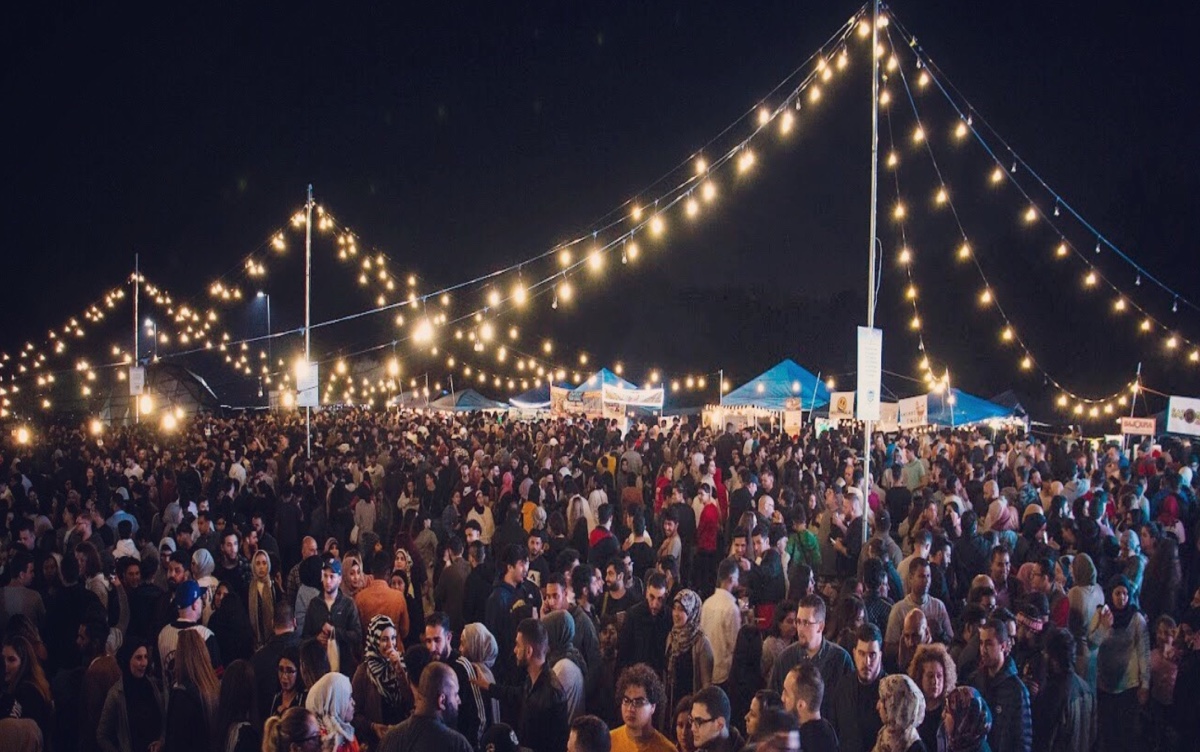Wood Burning Stoves
As early as Roman times stoves made of clay, tile, or earthenware were in use in central and N Europe. Early Swiss stoves of clay or brick, without chimneys, were built against the outer house wall, with an opening to the outside through which they were fueled and through which the smoke could escape. Scarcity of fuel made an economical heat-retaining device necessary, and these primitive stoves, built of clay, brick, tile, or plastered masonry, became common in the Scandinavian countries, Holland, Germany, and N France. Some exquisitely colored and glazed tile stoves, dating from the 16th and 17th cent., show traces of Moorish influence. In Russia large brick stoves formed a partition between two rooms. Because of the very long flue, which wound back and forth inside the structure, these could be heated for some hours with a small amount of light fuel.
The Franklin stove, invented in 1743 and used for heating, was the lineal descendant of the fireplace, being at first only a portable down-draft iron fireplace that could be set into, or before, the chimney.
It was soon elaborated into what was known as the Pennsylvania fireplace, with a grate and sliding doors. In common use for a period after the Revolution, it was followed by a variety of heaters burning wood and coal. The base burner, or magazine coal heater, was widely used before the general adoption of central heating.
Heating devices that we would call stoves had long been in existence, going back to Roman times. However, the stove as the chief cooking device, taking the place of the fireplace, dates only to around the mid-19th century with the widespread use of wood-burning or coal-burning cooking stoves stove, device used for heating or for cooking food. The stove was long regarded as a cooking device supplementary to the fireplace, near which it stood; its stovepipe led into the fireplace chimney. It was not until about the middle of the 19th cent., when the coal-burning range with removable lids came into general use, that the fireplace was finally supplanted as the chief cooking agency.
A cast-iron stove made in China before A.D. 200 has been found, but it was not until late in the 15th cent. that cast-iron stoves were first made in Europe. These consisted of plates that were grooved to fit together in the shape of a box. Probably the earliest of this type were earthenware stoves enclosed in iron castings decorated with biblical scenes and armorial and arabesque designs. They often bore inscriptions in Norse, German, Dutch, French, or sometimes Latin, and some were dated. Many were highly artistic specimens of handicraft. A typical early iron stove is the wall-jamb, or five-plate, stove, which was fueled from an adjoining room.
Dutch, Swedish, and German settlers of the American colonies, especially those of Delaware, Pennsylvania, and New Jersey, brought with them five-plate stoves or molds for casting them. Iron founding began c.1724 in America, and old forges or foundries have left records of five-plate stoves sold in 1728 as Dutch stoves or, less commonly, carved stoves. These continued to be made until Revolutionary times, when they were superseded by the English, or 10-plate, stove, which stood free of the wall and had a draft or fuel door. These 10-plate devices could cook and warm at the same time and replaced, in part, the large masonry baking oven, usually built outside the house.
11-44













2009
1,014 views
views
0
comments